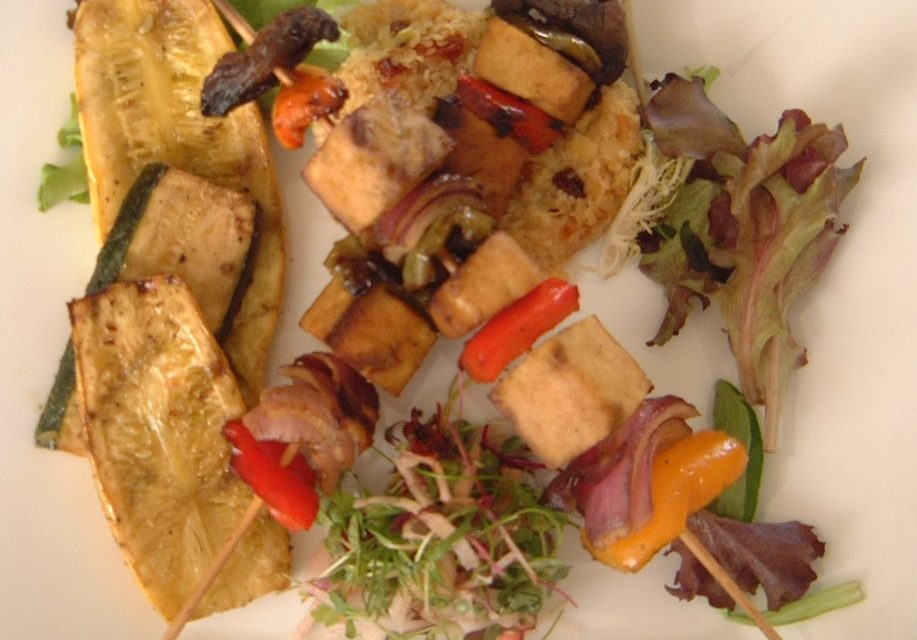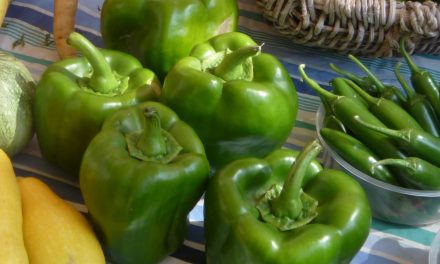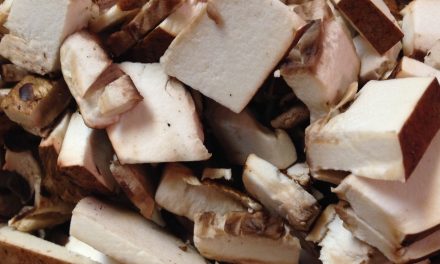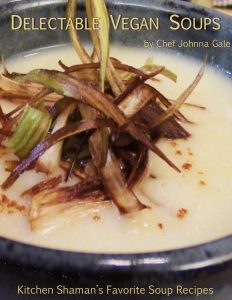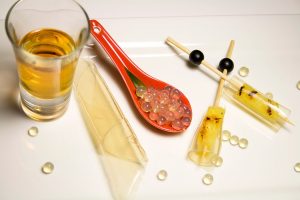 Every chef gets asked the same questions. In my attempt to answer the classic “what makes a good chef” I’ve written about the importance of knives and palate. Today I’m tackling plating: the creative skill a chef exercises to bring you beauty to your meal.
Every chef gets asked the same questions. In my attempt to answer the classic “what makes a good chef” I’ve written about the importance of knives and palate. Today I’m tackling plating: the creative skill a chef exercises to bring you beauty to your meal.
One of the things a chef is expected to do, and do well, is plate food. What does this mean? In the culinary world we serve you individualized plates of food. Food that you have ordered from the menu. Food that is cooked and then carefully, artfully designed so that when it is brought out to the dining room, it is stunning. As the plate is laid before you on the table, your eyes say wow, your mouth starts salivating and the smell entangles your brain into a world of expected sensation.
What is Plate?
Is fancy plating really necessary? It is said that we eat with our eyes first, our smell second. This primes the pump for the digestive system to activate and accept the food you are eating.
Individual plating is one of the gifts August Escoffier graced us with. He streamlined the culinary industry inside hotels, taking away the grand banquet services that were typical and replacing them with this concept of individualized eating. Now, instead of dipping into bowls and troughs of food other people had accessed, a person could have their own plate of food customized to their particular tastes. This also helped streamline the cooking process. Instead of making lots of food, that if it wasn’t consumed was thrown away, the only waste was what would not hold overnight. It became a big success in restaurants because, ultimately, this way of cooking saves big money.
Creative Sense
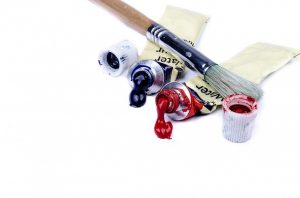 Chefs see the world of food a bit differently than the average person. Chefs are taught to look at any raw ingredient as a potential component on the plate. What can we design with those beets? That protein? The sauce? In what new ways can we use potatoes? What food is left to discover and explore that hasn’t been brought into the diner’s view?
Chefs see the world of food a bit differently than the average person. Chefs are taught to look at any raw ingredient as a potential component on the plate. What can we design with those beets? That protein? The sauce? In what new ways can we use potatoes? What food is left to discover and explore that hasn’t been brought into the diner’s view?
Charlie Trotter brought micro greens to bear in the early 1990’s. Foam became a thing in the early 2000’s, credited to Chef Ferrin Adria of El Bulli fame. A canister, some liquid, and a binder like soy lecithin, and one can produce foam for diners to enjoy. This kind of cooking is about understanding the science of molecular gastronomy.
Deconstructing the food on the plate is the newest, grandest way for chefs to think about food and presentation. The food is broken into various components and separated. Instead of being piled on top of each other, the food is spread out, in a line or a circle, or maybe even a triangle. You, as the eater are expected to gather all these components together on a spoon or fork and then consume the meal. There is no more guessing what kind of food the sauce is covering, but there is some guessing as to what it is the sauce is supposed to do.
There are constant conversations over raw product that a diner will never be privileged to hear. You will eat the results. You will not know how a chef came to that particular conclusion. Shows like “Mind of a Chef,” and “Eat: The Story of Food,” are popular because we want to know what makes a chef tick. Why, why must you make foam, and little bubbles of peanut butter and jelly or mint jubilee? Why are there pop rocks on my ice cream or even in my roast?
Ways in which you as an average eater would not think about food is what chefs constantly think about. All the time. We are searching and searching. What is next? What do they want? What can I create?
Creative Drive
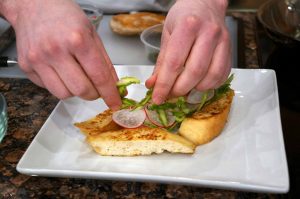 What is this drive, this extraordinary pursuit of culinary genius/madness?
What is this drive, this extraordinary pursuit of culinary genius/madness?
Most chefs are artists of some kind. Plating food is as much about art as it functional. Plating food, contextually, is about color, texture, and, let’s face it, sex appeal. Behind closed doors, chefs talk about the sex appeal of food Chefs constantly exclaim how good our food is to each other and how the diner will certainly be rocketed into some kind of culinary orgasm when they taste our concoctions. We have spent a week or more planning and scheming over flavor, texture, and color. It takes time to think it through, think through the alchemy of the cooking process to retain the bright greens, vibrant yellows, and cool browns of the food you see in front of you.
It is usually a team effort. Really no chef works solo. We have mates we talk to, culinary buddies whose ideas might be better than our own, so we consult. And ask questions. I’ve seen as many as five chefs gathered around a plate – composing, tweaking, tasting, and contemplating – until finally, they say, “Yes! We have it! This goes on the menu tonight!”
One of the biggest components in plating is what we call “mouth feel.” Sure the composition looks great. All the elements are there. Protein, veg, starch (Thanks USDA), sauce, garnishments, color. But is there crunch? Is there a way that the diner will experience this plate of food in a pleasing and lovely manner? Enter all the little fried bits of food on the plate like leeks and crushed tortillas. Nuts are added as a crust or as just a sprinkling on the plate. Then there’s the sauce. Is it silky? Is it smooth? Does it offer a counter balance for the crunch? Is the protein cooked just right? Is it positioned and offset just enough to be visually pleasing?
These are the elements chefs talk about when we create a plate.
When you receive one of these deconstructed plates of food, remember what has gone into cooking and plating them. Hours and hours of sauce reduction. Trimming and cropping vegetables until there is nothing left but tiny pieces. Snipping herbs and picking through a container of edible flowers to place just so on the plate. There is intent behind that plate and only the chef who created it knows what that intent might be.
Palate Affects Plating
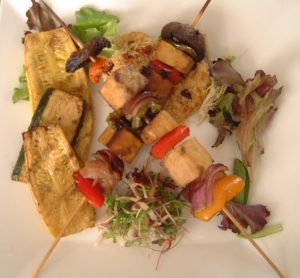 When plate and taste come together, they create an experience for the diner that every chef strives for.
When plate and taste come together, they create an experience for the diner that every chef strives for.
We spend time reducing flavors into a concentrated form so that they are out of this world. When a demi-glace has been reduced for three days, or a brown butter sauce has just been made with the proper herbs infused in it, when scallops are seared in the right amount of butter then trimmed down to bites, it’s worth every penny you spend on that plate. And chefs are rewarded for this kind of expertise. It’s what The James Beard Foundation looks for in the up and coming chef’s category, implementation of vision.
Not every cook has that vision. It’s what separates cooks from chefs. The ambition and drive to find the next best thing in the food world. It’s why we have so many food blogs, and so many places to consume our daily food.
I have that vision. There are times that I want to re-create in my vegan food what I created at the fine dining restaurants. Most days, I’m just getting food on the table for the Spouse. Creating high end food ultimately results in waste and that’s a price I can’t afford. I love the flavor, texture and color of a visually stunning plate. But I can’t justify that amount of waste for just one plate of food in a photograph.
I do reserve my plating skills for group demos, dinner parties, and intimate settings. I don’t think I’ll ever lose the ability to make a plate of food look pretty, or stunning, or even amazing. I practice, and yes, I look at amazing food my chef friends create, to remind myself of the place I’ve come from. The place I’m going to is different. It is still about food.
On a final note, remember that chefs are creative. We have the same drive as painters and sculptors. A sense of color and placement. Many chefs are painters or sculptors, musicians and dancers. We come from a variety of disciplines. The plate is the canvas where we have found our voice, food is the medium.

